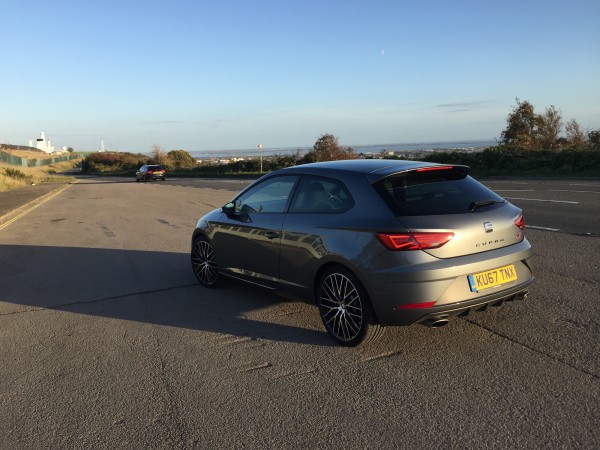We’re pretty sure that when you buy a new car, you won’t consider auto window tinting. It’s true! Not everyone will examine the ability of the vehicle to protect them from the harmful rays of the sun efficiently.
Sure, they’ll consider the model, the quality, the fuel efficiency, safety and security and ask questions such as “Does it have brakes?”, “Does the curtain airbags work properly?” or “How well does it protect you from an impact?”; and lastly, the cost per kilometer to drive. All of these are reasonable inquiries, but the little things matter too, like protecting your skin from the harmful UV rays.
Facts about UV Radiation
- The UV radiation level that enters a vehicle is pretty much dependent on whether the windows are open or closed and the orientation of the car in relation to the sun.
- UV radiation is generally lower outside the vehicle, varying from 4% to 50%.
- Laminated windscreens have the ability to block UVB rays up to 100% and UVA rays up to 80%.
- The side windows or the clear automobile glass can block UVB rays up to 97% and UVA rays up to 37%.
- In terms of auto window tinting,windows that have been installed with films vary in its capability to block UVB and UVA rays – it all depends on the type of film.
Precautionary Measures to Consider
- If your occupation includes staying inside the car for long period of time, it is highly advisable that you avail of the services of auto window tinting.
- It is important to always wear sunscreen whenever you go out; this includes being inside the car. Sunglasses are important too when it comes to avoiding harsh and unwanted glares from the sun.
- Keep in mind to keep your windows up for the window film to cover your skin. You may also opt to use your car’s AC system to cool the interior of your car.
- Window films can lower the solar heat inside the car too. Depending on the quality tint you have, you can eliminate and reduce your gas expenses since window films can maintain the coolness of the interior of your car.
The National Road Traffic Act
According to the National Road Traffic Act, there has to be 70% minimum light transmission for passenger and driver front windows. For other windows such as windscreens, it has to be 75%, and the windows behind the seat of the driver should be 35%.
People should be more aware of these regulations and should be enlightened and pretty much motivated to have the car windows darkened with auto window tinting.
